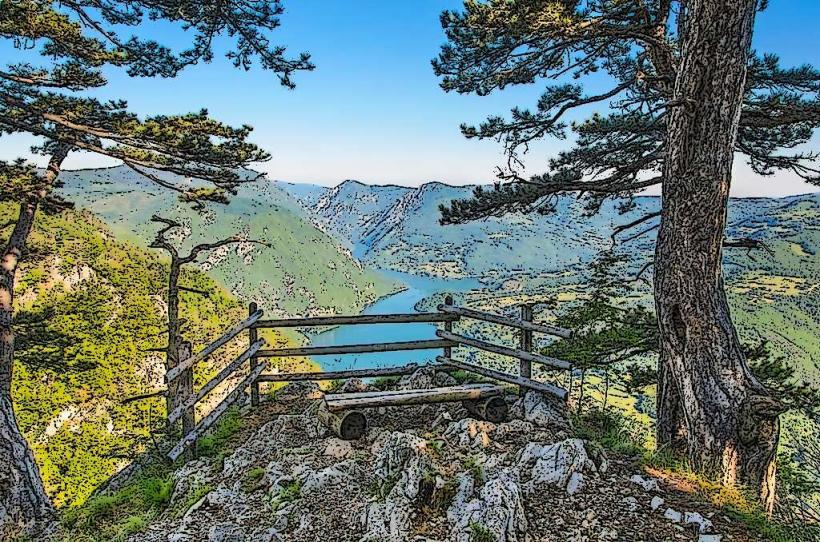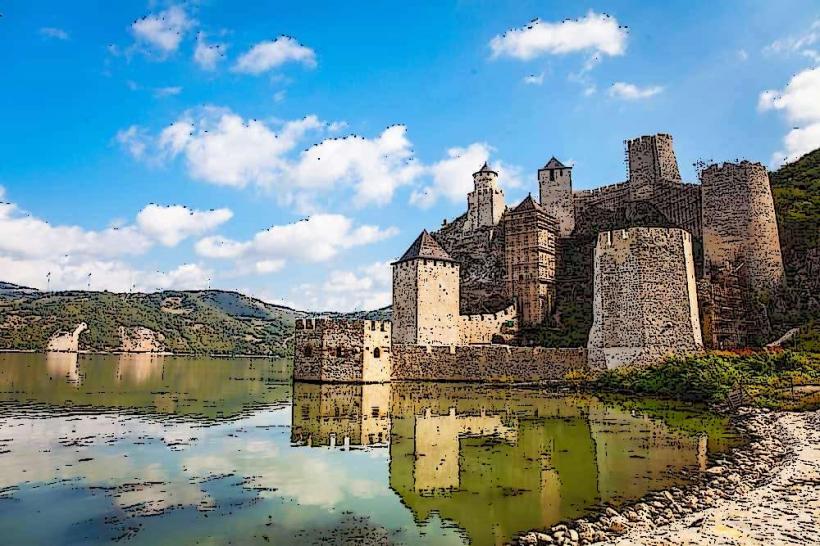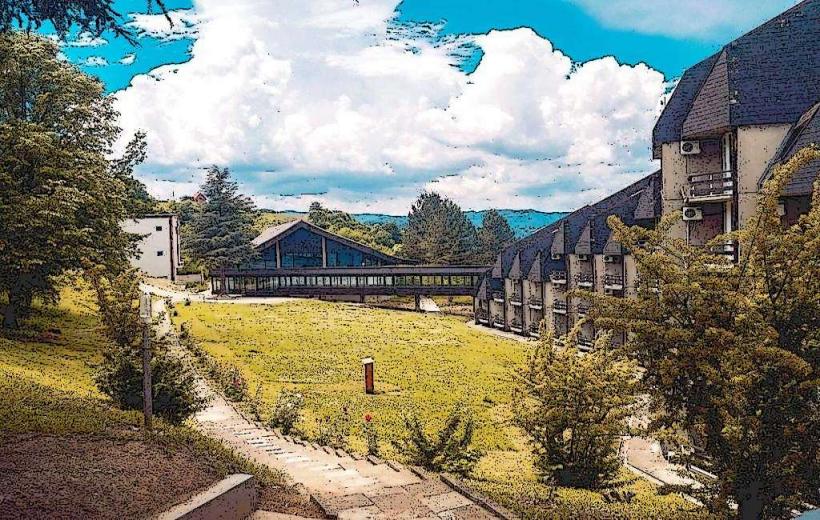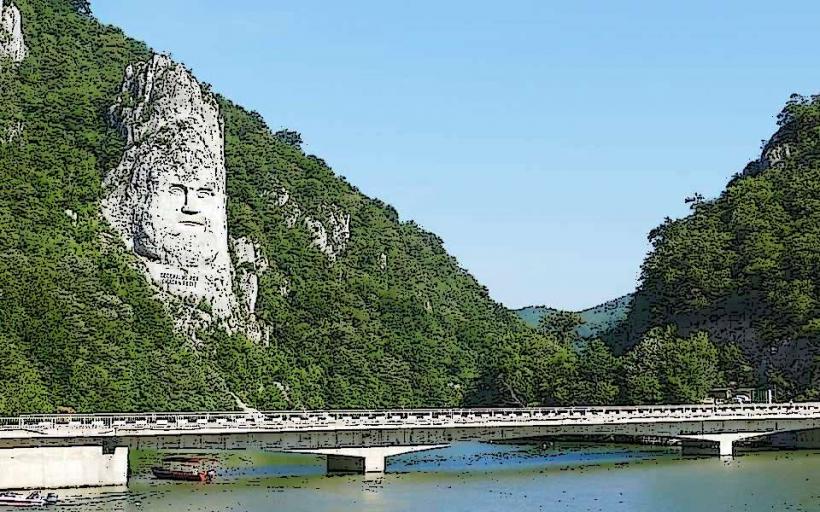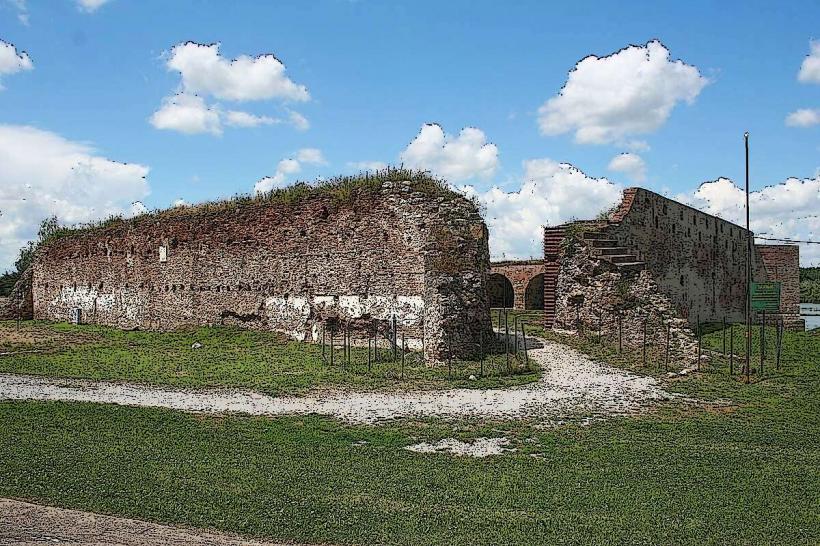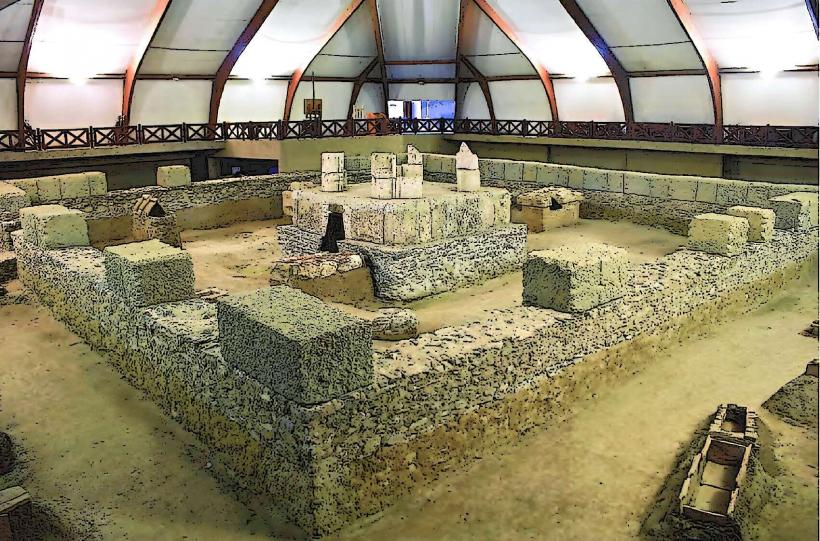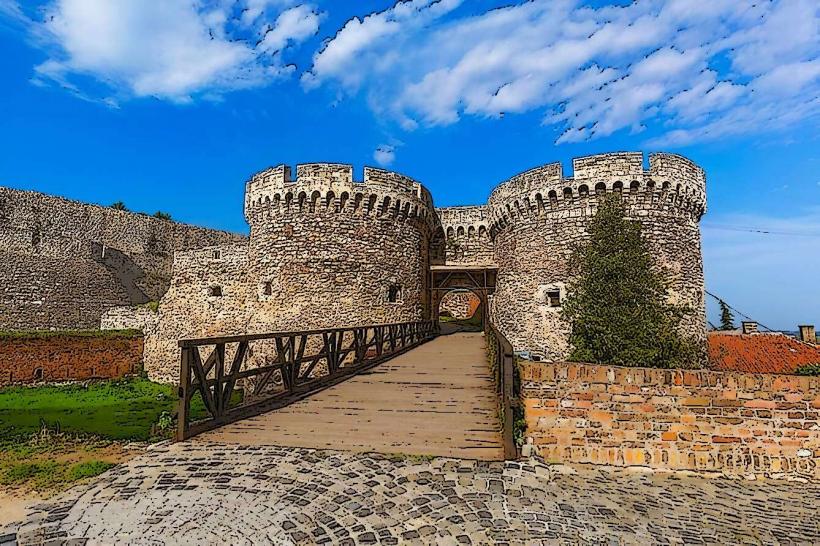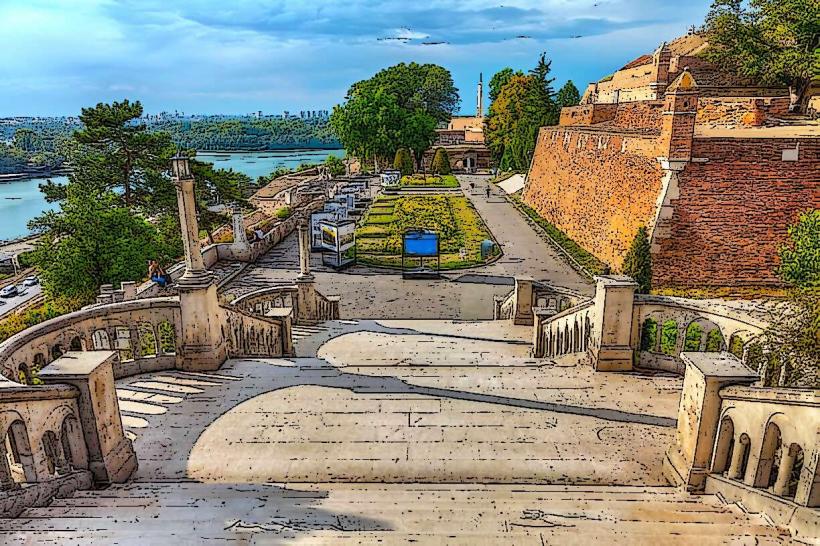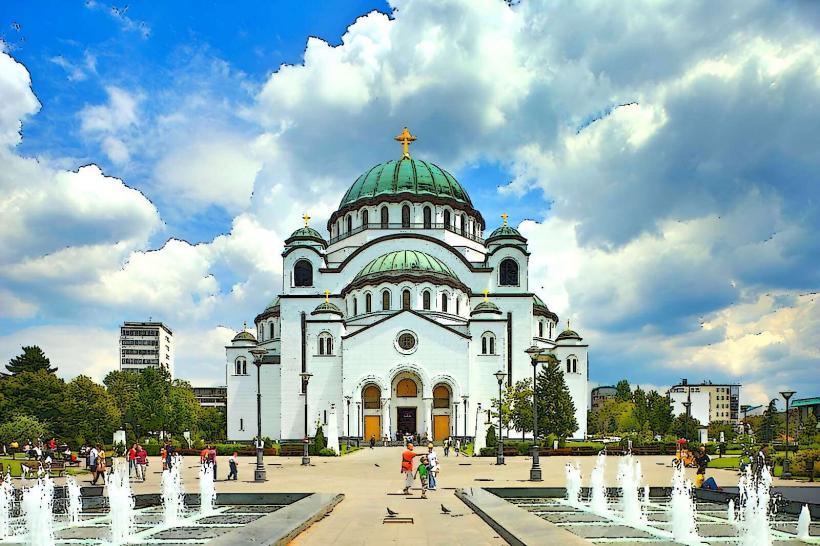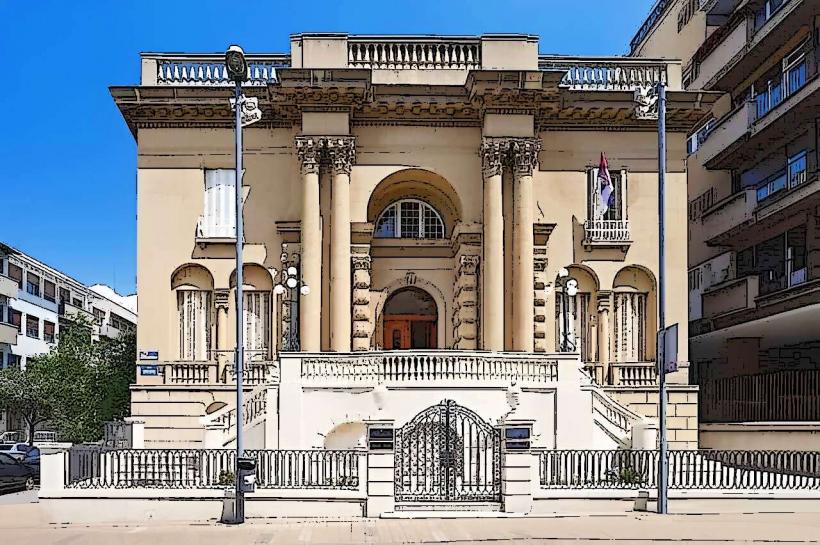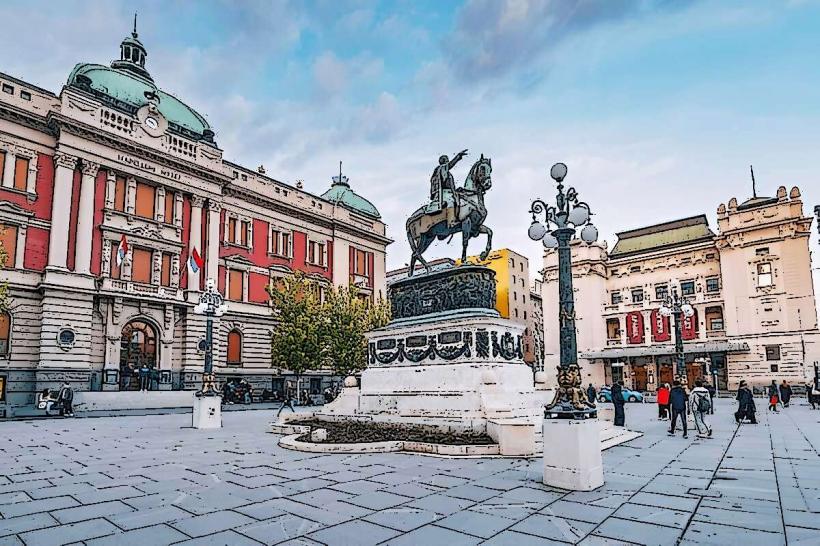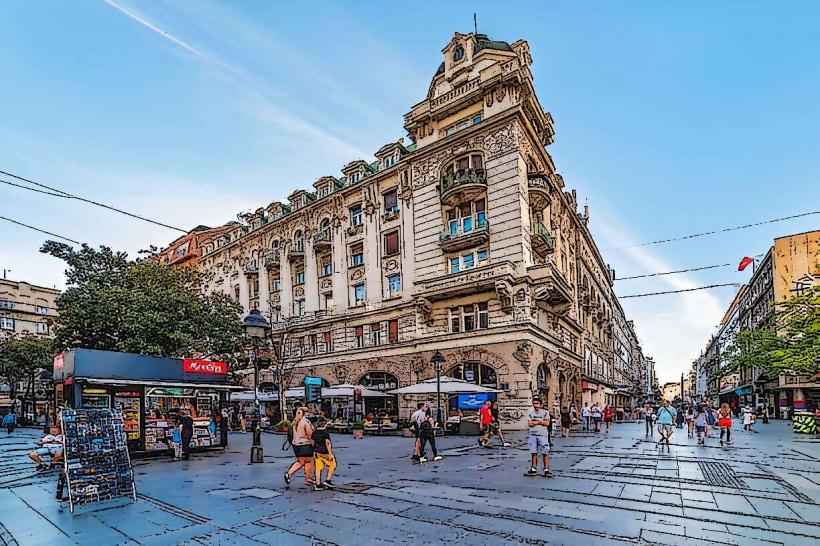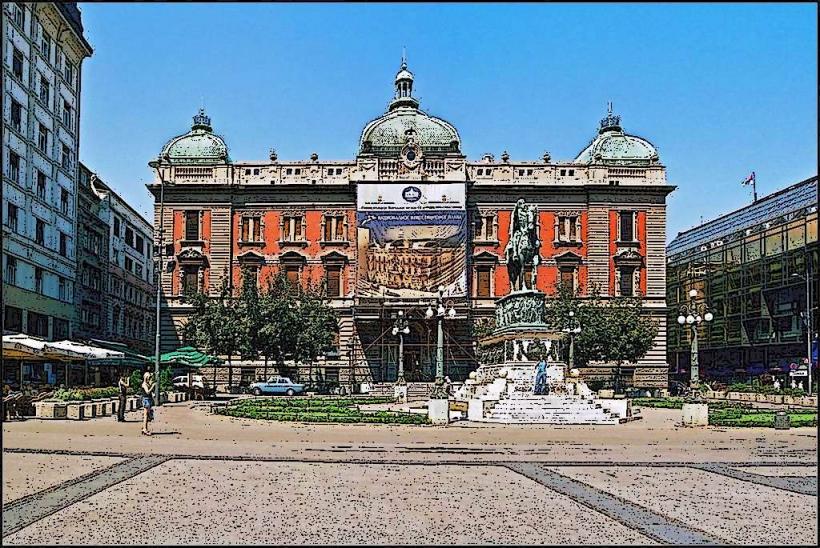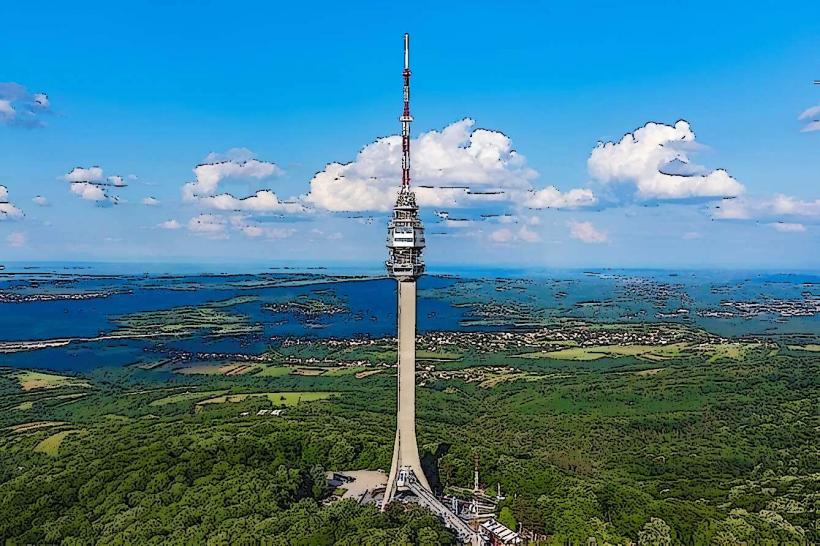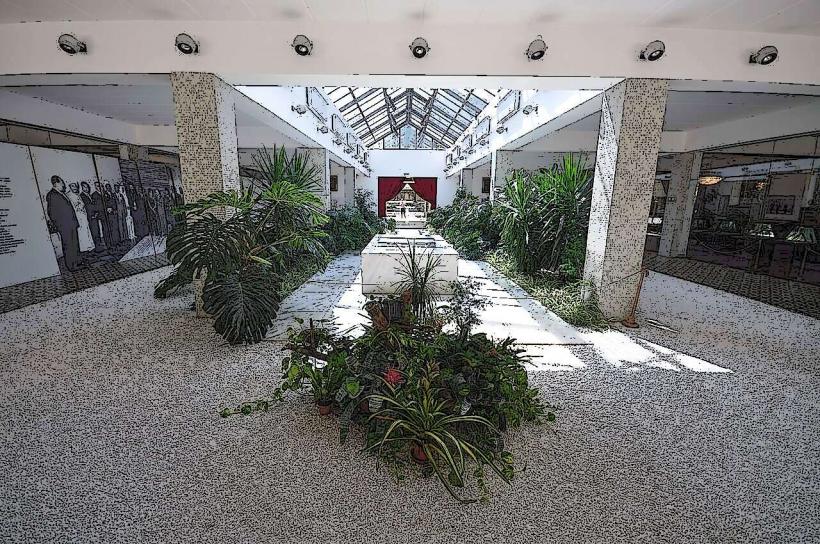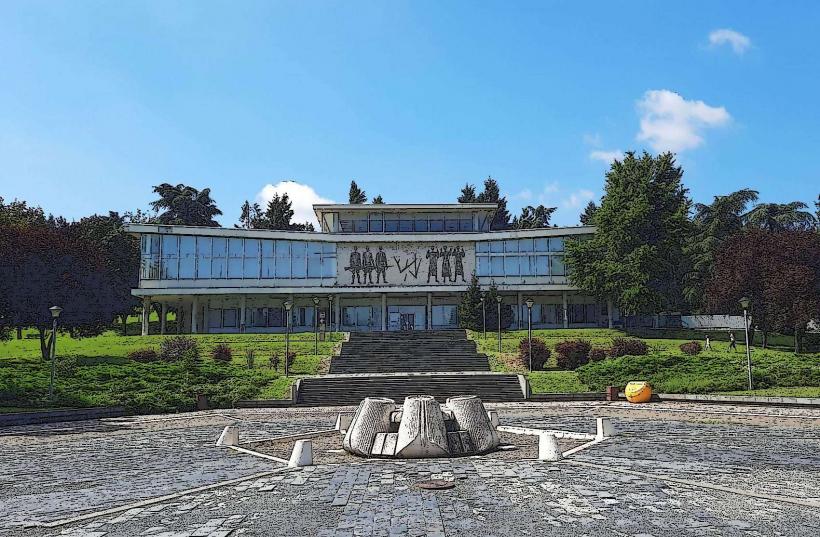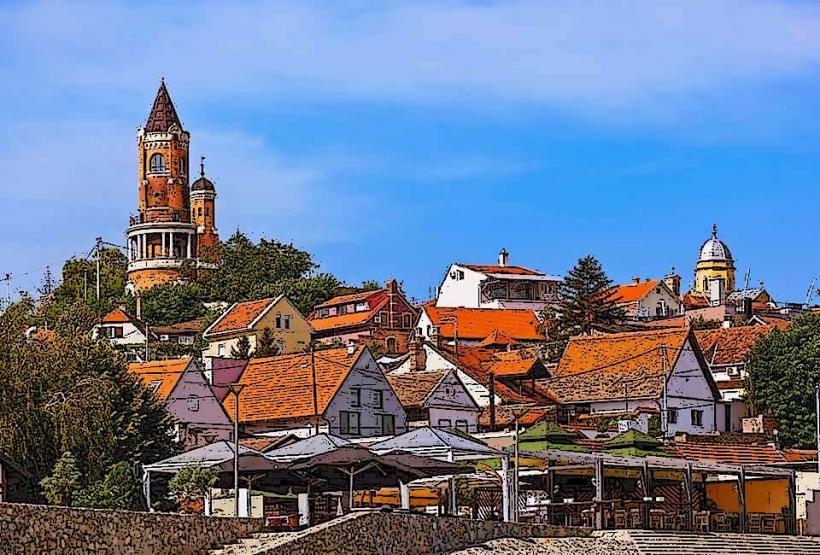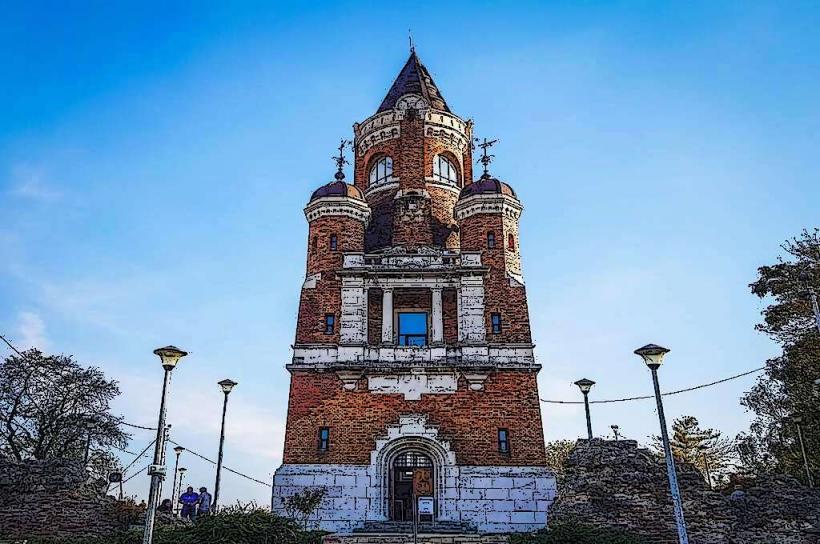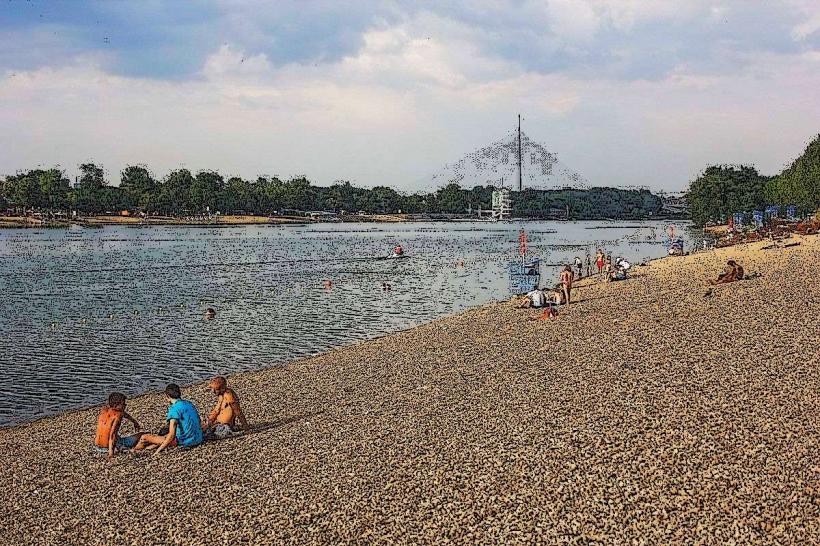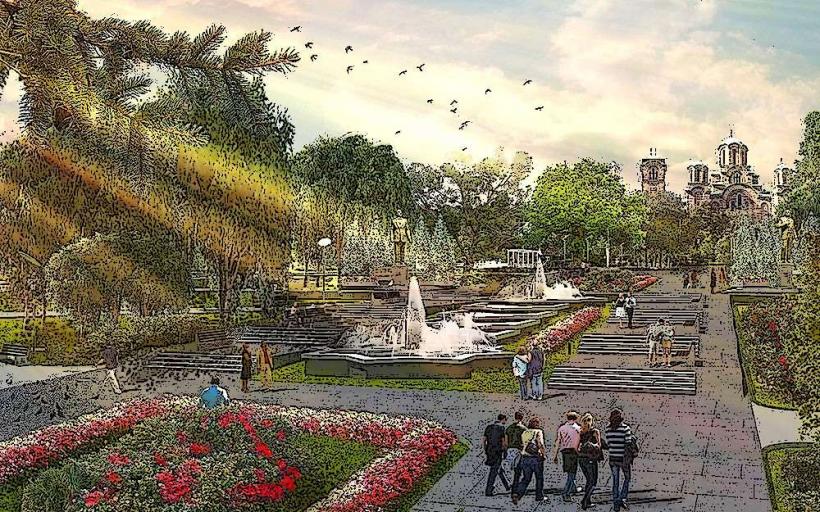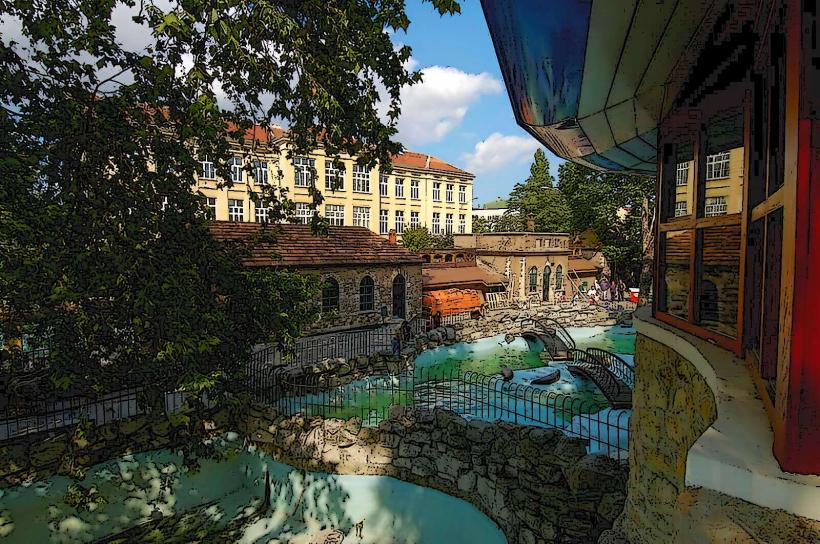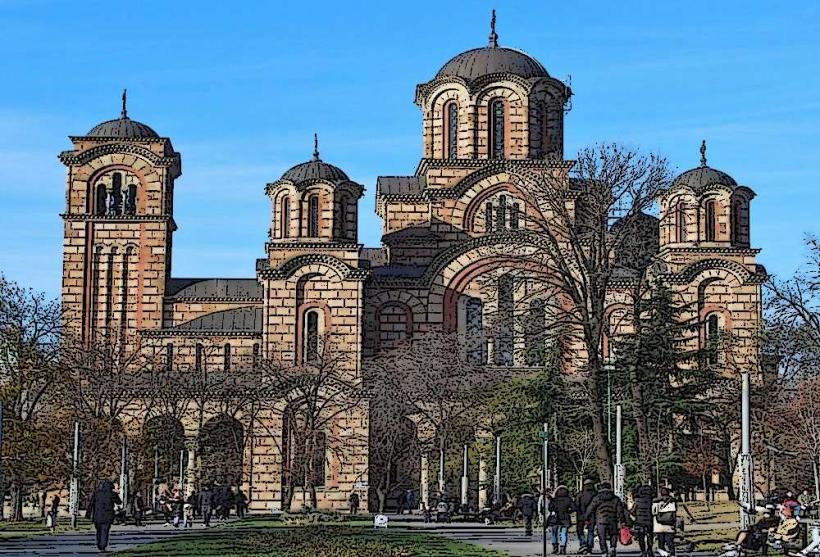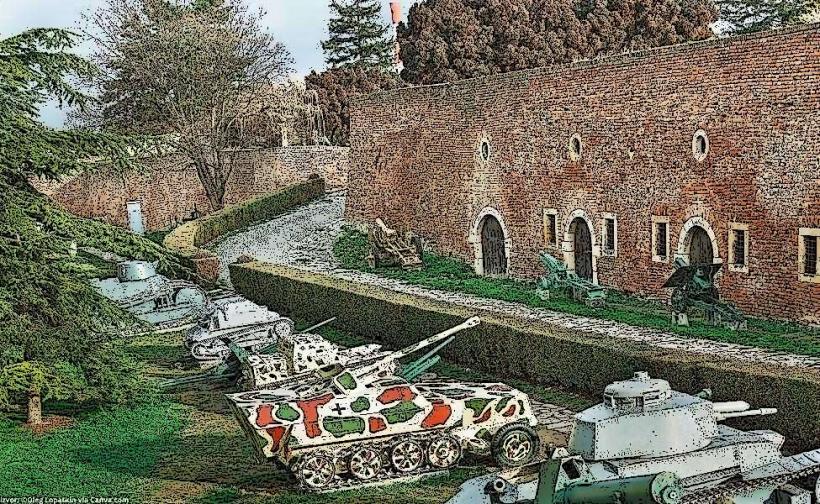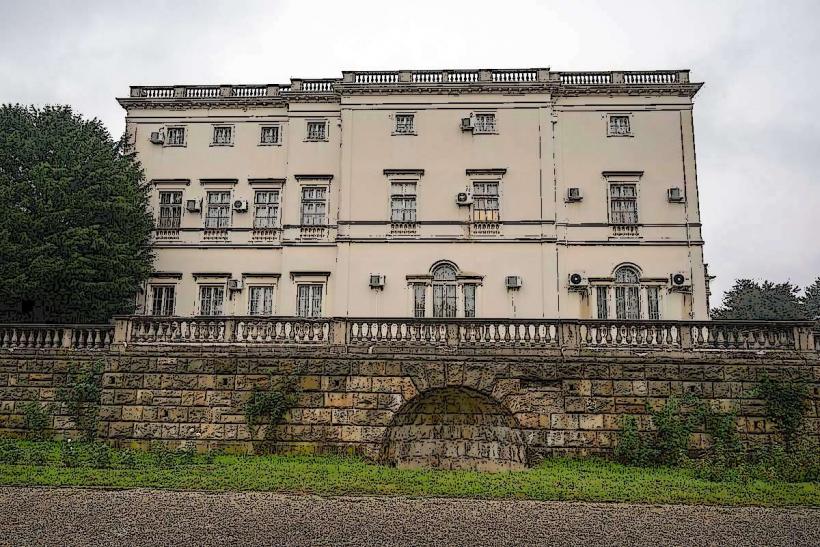Information
Landmark: Skadarlija StreetCity: Belgrade
Country: Serbia
Continent: Europe
Skadarlija Street is one of the most iconic and historic streets in Belgrade, Serbia, known for its bohemian atmosphere, traditional architecture, and vibrant cultural scene. Often referred to as the "Montmartre of Belgrade", Skadarlija has been a gathering place for artists, writers, musicians, and intellectuals since the 19th century, and it remains a lively and beloved part of the city today.
Historical Background:
Skadarlija has a rich and colorful history that reflects the cultural development of Belgrade. The street’s origins date back to the 1830s, when it was a residential area. Over the years, it evolved from a working-class neighborhood into a bohemian quarter filled with taverns, artists' studios, and literary cafés.
The name “Skadarlija” likely comes from the Turkish word “skadarska,” which refers to a district or quarter. It was during the Ottoman Empire and the early years of the Kingdom of Serbia that Skadarlija began to take on its bohemian character. In the late 19th and early 20th centuries, it became a favored spot for Serbian intellectuals, artists, and writers, who gathered at the many taverns and cafes to discuss culture, politics, and art.
Cultural Significance:
Skadarlija is known for its deep ties to Serbian culture and bohemian lifestyle, having been a home to many important figures in the Serbian artistic scene. The district has long been a meeting place for artists, musicians, poets, and writers, and its vibrant atmosphere continues to attract locals and tourists alike.
Art and Literature: Skadarlija became a hub for Serbian artists in the 19th and early 20th centuries. Many famous poets, writers, and artists frequented its taverns, including the renowned poet Vojislav Ilić and Bora Stanković, a Serbian playwright. The street has been the subject of numerous works of literature and art, symbolizing the creativity and cultural vibrancy of Belgrade.
Traditional Taverns: The heart of Skadarlija's bohemian atmosphere lies in its traditional restaurants and taverns (called kafanas). These taverns, many of which have been in operation for over a century, offer a unique opportunity to experience Serbian music and cuisine. The cafés and taverns often feature live performances of traditional Serbian music, such as folk songs, sevdalinka, and romantic ballads, creating an atmosphere that transports visitors to a bygone era.
- The famous kafanas like Dva Jelena (Two Deer) and Šešir moj (My Hat) have been serving patrons for generations, and their interiors have preserved the historical charm of old Belgrade.
Skadarlija’s Role in Serbian Music: One of the most significant aspects of Skadarlija is its connection to Serbian folk music, particularly the genre of "Sevdah" (similar to Bosnian sevdalinka). This emotional and soulful style of music, often performed with traditional instruments like the accordion and guitar, is still regularly heard in the taverns of Skadarlija, giving the area a unique cultural sound.
Bohemian Lifestyle: Skadarlija’s bohemian character is closely linked with the idea of artistic freedom and creativity. The street continues to attract artists, musicians, and performers, maintaining its status as a cultural center. Its narrow, cobblestone streets and old buildings, with their charming facades, provide an intimate and nostalgic atmosphere that is beloved by locals and tourists alike.
Key Features and Landmarks:
Architecture: Skadarlija is renowned for its well-preserved 19th-century architecture. The buildings along the street are typically two-story houses with balconies and red-tiled roofs, giving the area a distinctly old-world charm. The narrow cobbled streets and low-rise buildings contrast sharply with the modern high-rises that dominate other parts of Belgrade. The architecture reflects the historical layers of Belgrade, from the Ottoman and Austro-Hungarian influences to the Serbian Revival style.
Skadarlija’s Fountain: A notable feature of Skadarlija is its fountain located at the entrance to the street, near the Republic Square. The fountain is a symbol of the area’s historic role as a gathering place for Belgrade's artists and poets. It is a popular spot for photos, and the sound of water flowing from the fountain adds to the street's romantic ambiance.
Street Performers: The street is also known for its street performers who bring the area to life with music, dance, and art. Visitors to Skadarlija often find musicians playing traditional Serbian instruments or artists painting portraits or selling their works along the street. The dynamic blend of performance and street art enhances the area's bohemian spirit.
Cultural Institutions: Skadarlija is home to several important cultural landmarks, such as:
- The Museum of Vuk and Dositej: Located at the western end of Skadarlija, this museum is dedicated to Vuk Karadžić, the famous Serbian linguist and reformer of the Serbian language, and Dositej Obradović, a writer and philosopher. Their work significantly influenced the development of modern Serbian culture and language.
- The National Theatre: Although not directly located on Skadarlija Street, the National Theatre is nearby, and its proximity ties the area into the cultural fabric of Belgrade.
Modern-Day Skadarlija:
Today, Skadarlija remains a popular destination for both locals and tourists. It is particularly vibrant in the evenings when the taverns fill with patrons enjoying traditional Serbian food, drinks, and live music. The area has maintained its historic charm while adapting to modern tastes, with contemporary galleries and shops interspersed among the more traditional establishments.
Despite the changes over the years, Skadarlija has preserved its status as the beating heart of Belgrade's bohemian culture. It is an area where the past and present come together, and where visitors can experience the traditional Serbian way of life in an atmosphere steeped in history.
Famous Kafanas:
Some of the most iconic taverns in Skadarlija include:
- Dva Jelena (Two Deer): One of the oldest and most famous kafanas in Skadarlija, known for its traditional Serbian food and live music performances.
- Šešir moj (My Hat): A tavern with a charming old-world ambiance and a popular spot for locals and tourists alike.
- Tri šešira (Three Hats): Another historical tavern in Skadarlija, famous for its traditional atmosphere and its connection to Belgrade's cultural scene.
Cuisine:
The restaurants and taverns in Skadarlija are a great place to sample Serbian cuisine. Some of the most popular dishes include:
- Ćevapi (grilled minced meat)
- Sarma (cabbage rolls filled with meat and rice)
- Pita (filled pastries)
- Ajvar (a red pepper relish)
- Rakija (fruit brandy)
Conclusion:
Skadarlija Street is a quintessential part of Belgrade's cultural heritage, offering visitors a glimpse into the city’s bohemian past and vibrant present. It is a place where tradition meets modernity, where art and culture are celebrated in the lively atmosphere of its taverns, cafes, and cobblestone streets. Whether you are a lover of history, art, music, or simply good food, Skadarlija is a must-visit destination that embodies the soul of Belgrade.

